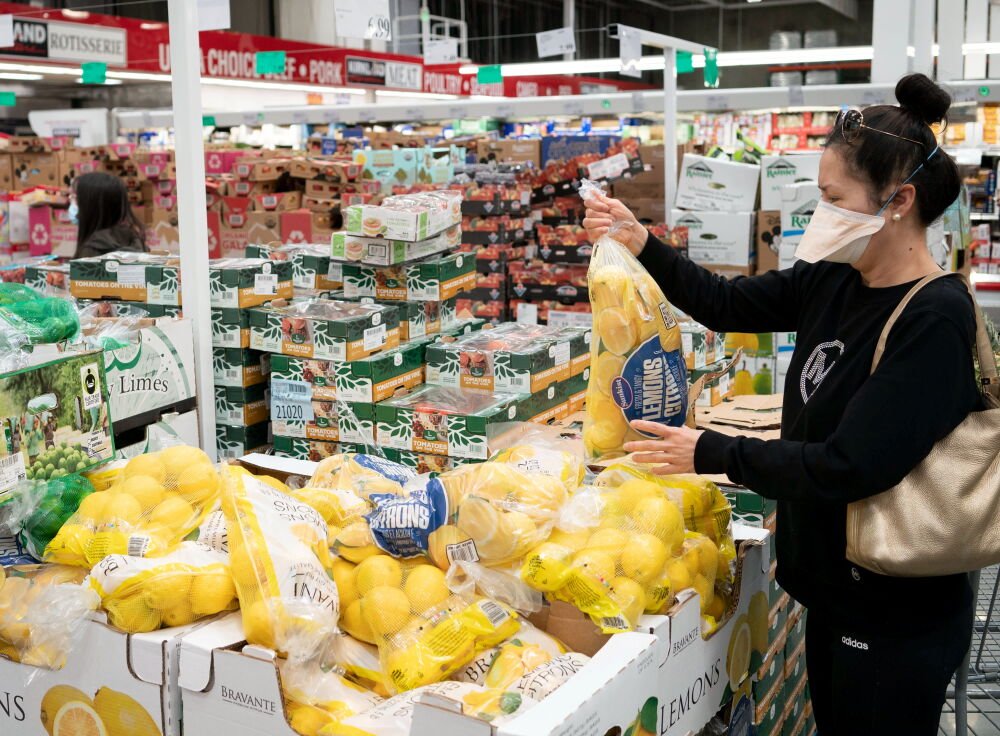baby formula, a vital part of baby nutrition, faces enormous problems in 2024. Formula shortages affect families worldwide due to several linked issues. The causes of this shortage are examined in detail in this article.
Increased Breastfeeding Rates
Statistical Overview
The rise in breastfeeding has affected formula demand. Statistics support this trend:
| Year | Percentage of Infants Exclusively Breastfed for First Six Months | Overall Percentage of Breastfed Infants |
|---|---|---|
| 2015 | 20.6% | 80.2% |
| 2020 | 25.6% | 84.1% |
These numbers show a shift towards nursing over formula.
Proposed Tariffs on Imports
Tariff Impact Analysis
Families that use foreign formula brands face financial hardship due to European tariffs. HiPP and Holle may pay more due to 34% tariffs. This challenges US specialised formula affordability and availability.
Market Concentration
Dominant Players and Market Dynamics
Abbott Laboratories, Reckitt Benckiser Group, Perrigo Company, and Nestle lead the formula market. The oligopoly structure limits manufacturing capacity and adaptability, making it hard to meet unanticipated demand surges.
Supply Chain Issues
Ongoing Disruptions
Past supply chain issues still plague the formula industry. The sector has struggled to meet market needs due to continued raw material and production process interruptions. This disruption worsens shortages.
Moderate Competition Level
Barriers to Entry
The formula sector has moderate competitiveness and high entry hurdles. Regulatory compliance, capital needs, and brand loyalty limit innovation and market responsiveness.
Impact on Pricing
Economic Implications
Formula prices are rising because to tariffs and production costs. Due to shortages and rising family expenses, formula is less available.
Regulatory Challenges
Compliance and Constraints
Formula manufacture is heavily regulated. While required for product safety, these requirements might slow manufacturers’ capacity to adjust to demand changes, causing supply shortages.
Economic Factors
Financial Pressures
Formula production costs have increased due to inflation and milk and other ingredient price fluctuations. Pricing and availability are complicated by these pressures.
Health Trends and Consumer Preferences
Shifting Priorities
Consumer preferences and regulations are shifting towards breastfeeding and organic foods. This transition may reduce demand for traditional formula goods, threatening market stability.
Forecasted Decline in Industry Revenue
Economic Outlook
Formula manufacturing revenue is expected to fall, affecting production tactics. This financial burden may cause future supply disruptions as enterprises react to lower profits.
FAQ
Which factors caused the 2024 formula shortage?
Increased breastfeeding, planned tariffs, market concentration, supply chain concerns, and rigorous regulations cause the scarcity.
Tariffs affect formula availability?
European import tariffs limit access to international formula brands and raise prices.
Why is formula market concentration a problem?
Market monopolies reduce production flexibility and demand response time.
How do supply chain issues cause shortages?
Raw material and production issues continue to impede the industry’s ability to meet demand.
How do regulatory issues affect the shortage?
Strict rules can hinder production adaptation, slowing market response.
How does the economy affect formula shortages?
Production costs rise with inflation and commodity prices, affecting pricing and availability.
Changing customer tastes away from formula?
Yes, breastfeeding and organic alternatives are becoming more popular, affecting formula demand and industry stability.
How is the predicted drop in industry income affecting the shortage?
Revenue declines strain production and finances, worsening supply issues.




